Bullas from Jerusalem
Iron Age IIC, Second Half of 7th–Early 6th Century BCE
Image
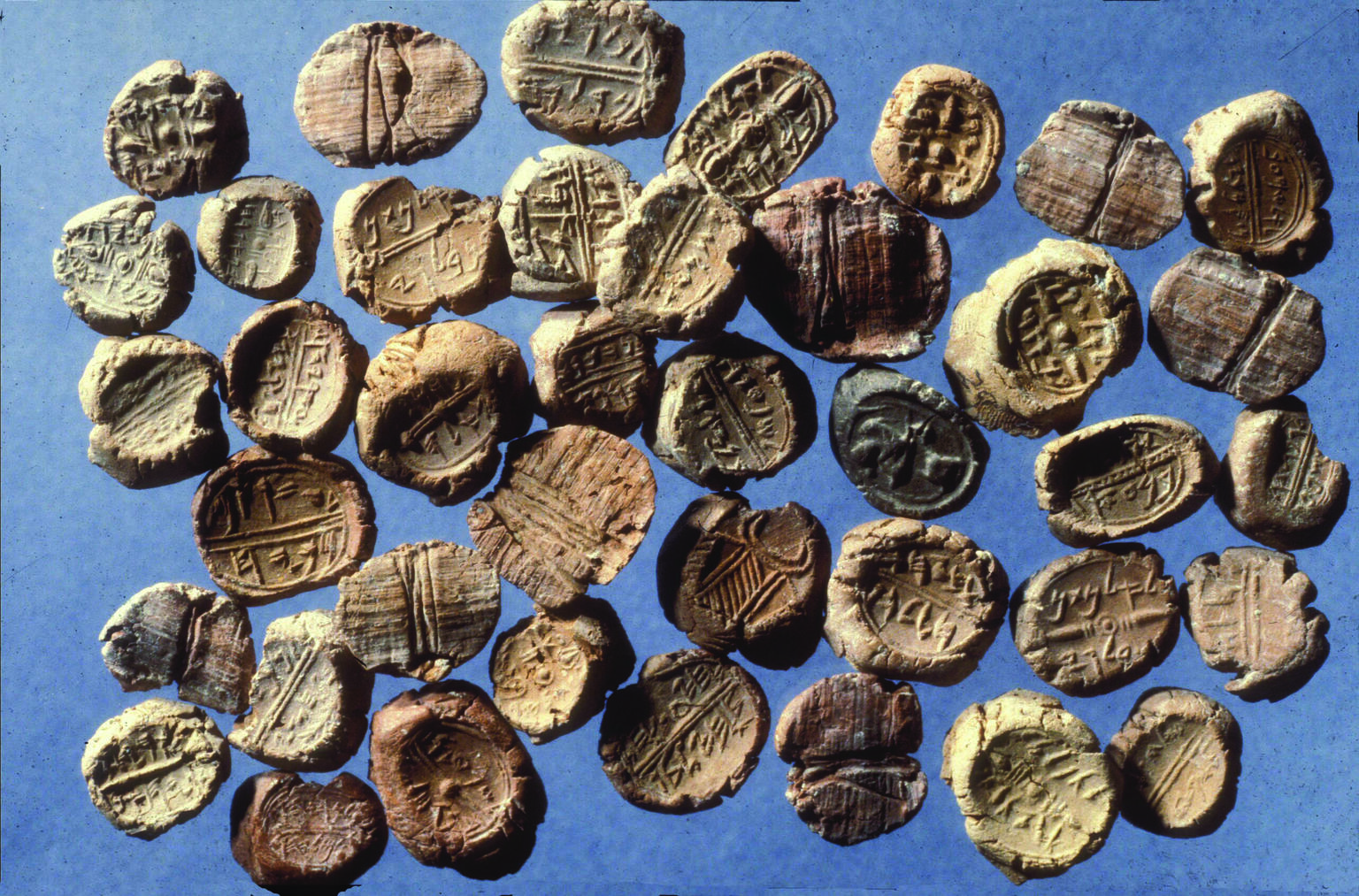
Engage with this Source
Related Guide
Visual Culture and Performing Arts in Ancient Israel
Biblical Period
Evidence for the material culture of ancient Israel comes mostly from artifacts and archaeology and attests to the influence of the great empires that surrounded Israel.
Related Guide
Provenance and Dating of Artifacts from the Biblical Period
Biblical Period
Artifacts help historians reconstruct the past, using layers of excavation to establish the chronology of the sites they excavate.
Related Guide
Israelite Inscriptions from the Biblical Period
Biblical Period
Even mundane inscriptions from the Hebrew Bible period offer valuable information about history, society, religion, economy, literacy, and much else.
You may also like
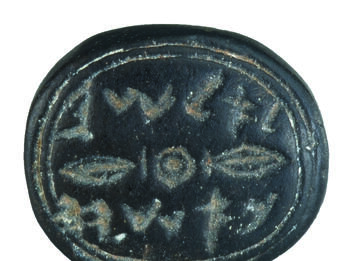
Seal of Elyashib Son of Ashyahu (or Ishyahu)
A double-line border surrounds the inscription on this seal, made of black paste or serpentine (a magnesium silicate), found at Arad. A central boss with flanking lotus buds separates the names…
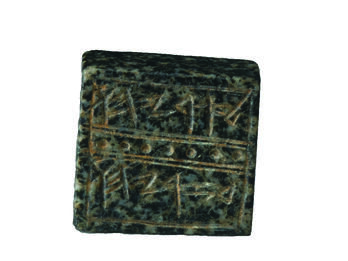
Seal of Uriyahu Son of Azaryahu
This seal, found in En Gedi, is made of brown mottled dolerite and decorated with lines and dots that surround and separate the names.
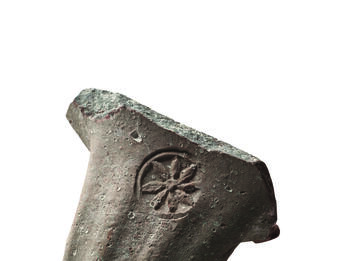
Seal Impression with Petaled Rosette
The rosette, impressed on a jar handle here, may have been a royal insignia during the last decades of the Judean monarchy, around the late seventh century BCE. It was found at Ramat Rahel, an…

Seal of Netanyahu Son of Yaush
Found in Jerusalem in the plaza of the Western Wall and possibly made of limestone, the top register of this seal contains a garland of four pomegranates, one of which was damaged when the seal was…
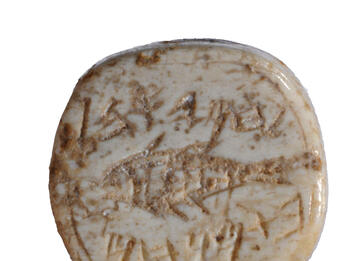
Seal of Hamiohel Daughter of Menahem, with Fish
From Jerusalem, this seal is made of bone. The fish image, a motif known only from Hebrew seals, suggests plenty and fertility (cf. Genesis 48:16) and may also allude to the life-giving nature of…
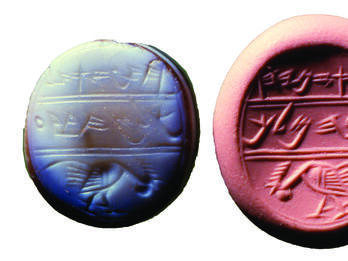
Seal of Yaazanyahu (Jaazaniah), Servant of the King, with Rooster
This agate seal with an image of a rooster was found in a Roman-period tomb at Tell en-Nasbeh (Mizpah), but its script dates it to the late seventh or early sixth century BCE. The bottom register…

